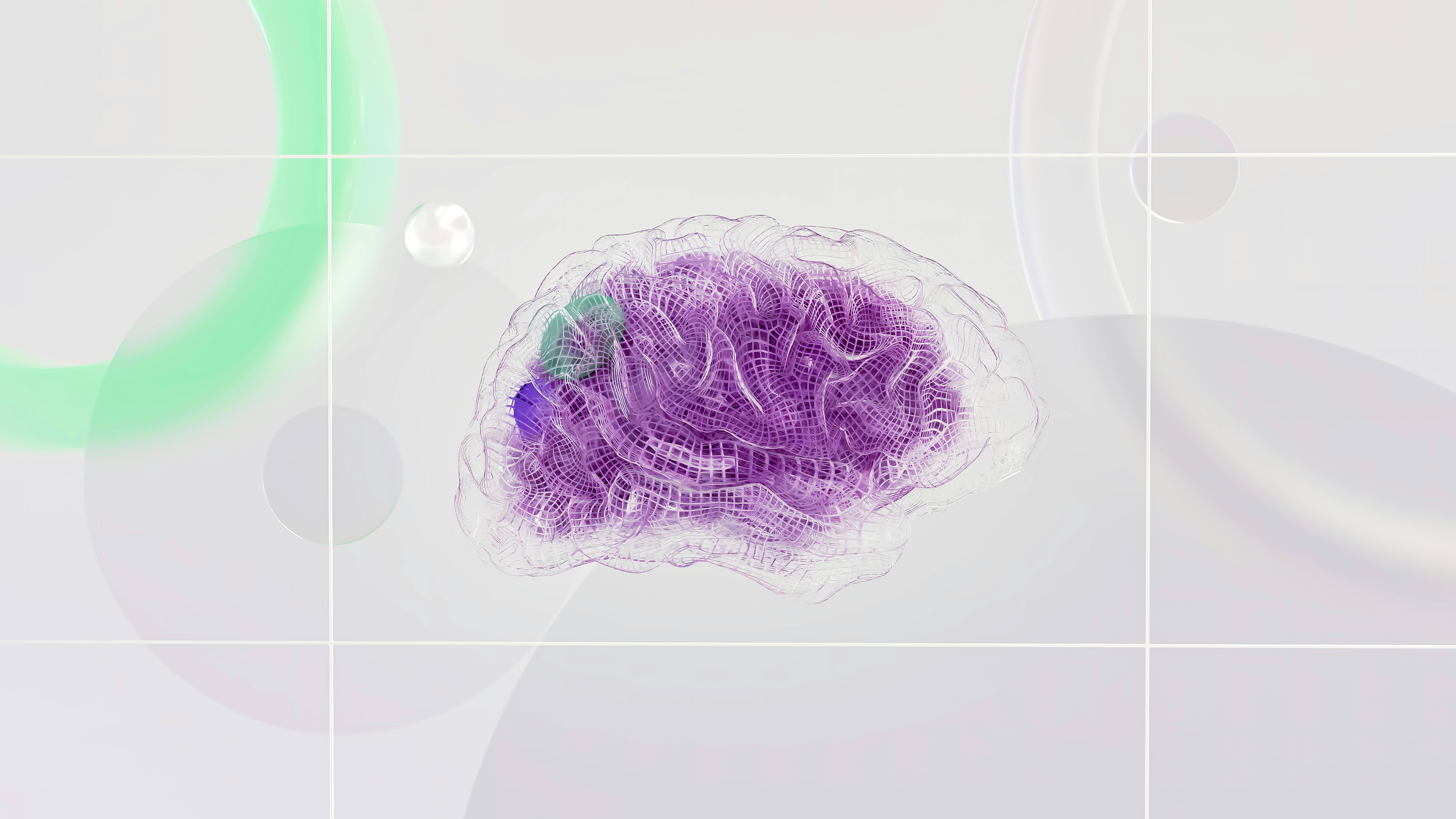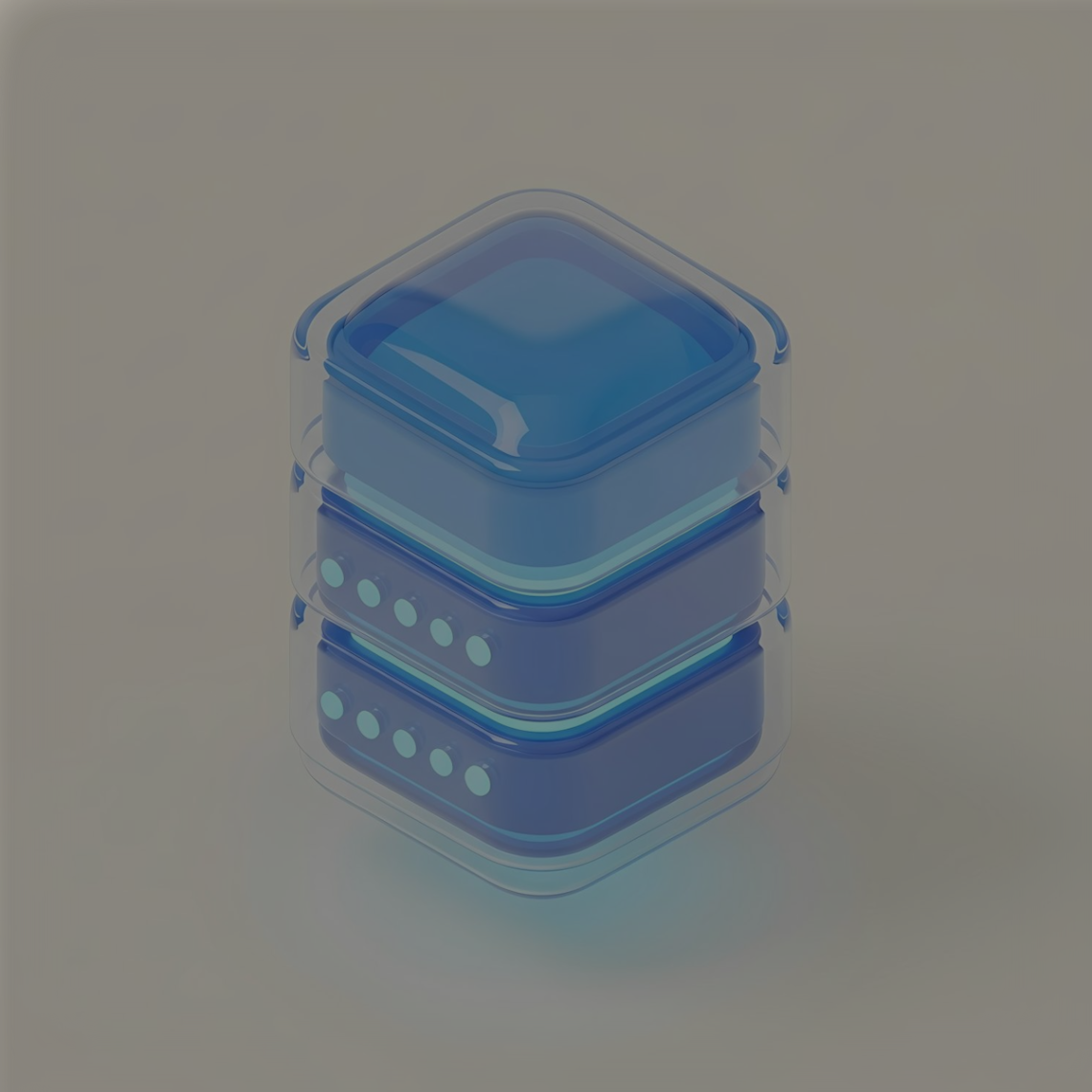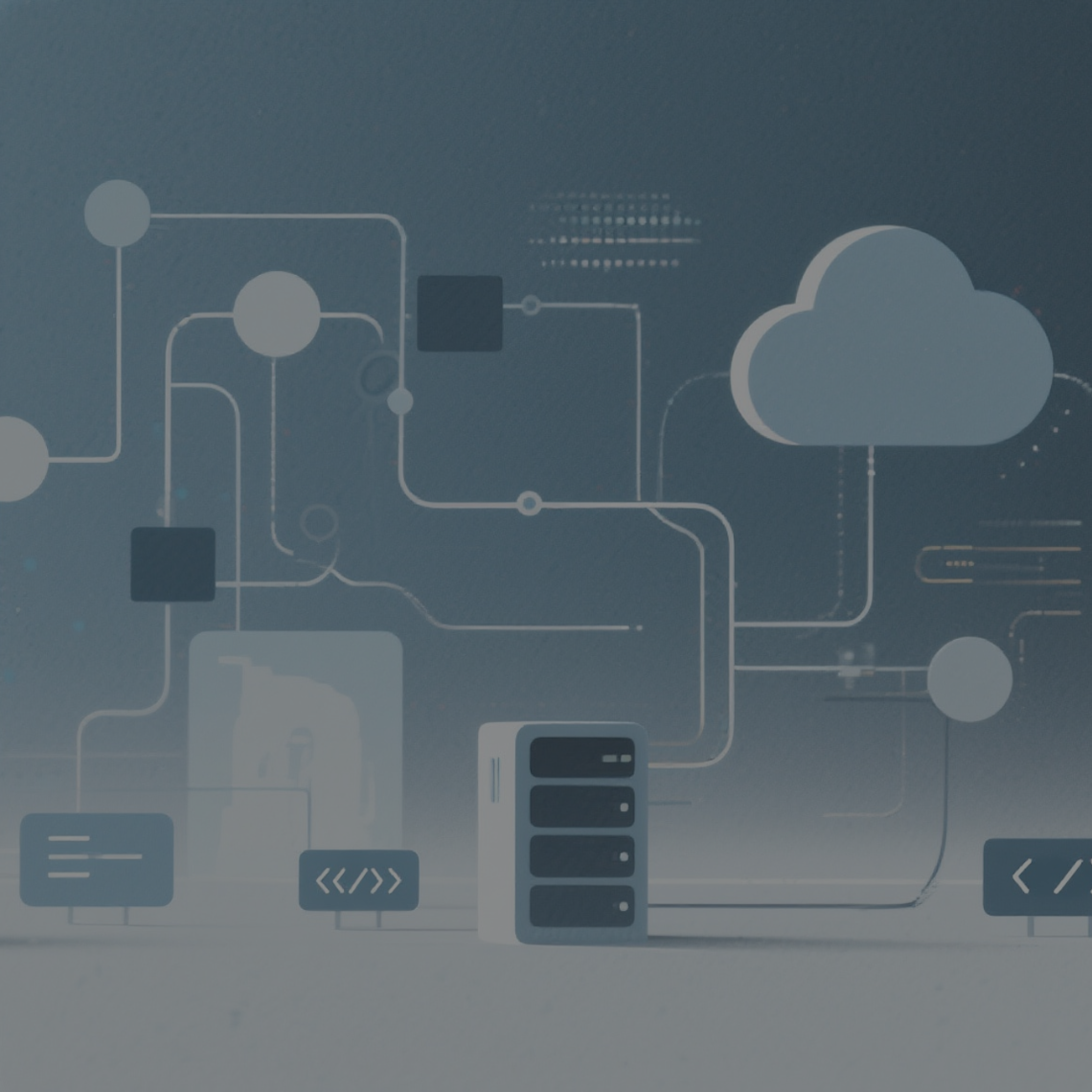AI isn’t just reshaping how we code—it’s rewiring how we think. At Andela, we see this shift daily: top engineers aren’t using AI to replace their work, but to expand the boundaries of what’s possible. It’s not automation; it’s amplification of creativity, reasoning, and insight.
I’ve started calling this shift Critical Programming: a mindset and method for anyone working with AI. It’s not about writing better prompts or faster code. It’s about learning to lead AI like a team, and rethinking how we approach problem-solving itself.
Managing the Machine, Mastering the Mind
Critical Programming reframes how we tackle complexity in the age of AI. The real shift isn’t in what you build, it’s in how you think. This new approach offers a new kind of architecture: one where you route tasks, guide AI inputs, and orchestrate insights the way an engineer manages throughput, only now, the system is your workflow.
The power of Critical Programming is in embedding AI deliberately across each phase of a problem, not just at the start or when you’re stuck. Research, analysis, planning, synthesis: every stage becomes sharper when AI is used to extend your cognitive reach.
Break the work into distinct layers. Assign AI where it can drive velocity or depth. Then, recombine the pieces with human oversight at the core. This isn’t about automation but about amplification. You’re not stepping back from the work; you’re stepping above it.
The result is a true symbiosis: machine speed and scale paired with human discernment.
Four New Rules for Leading Work in the Age of AI
Old-school programming told machines exactly what to do. But in a world of generative models and autonomous agents, the goal isn’t micromanagement, it’s orchestration. Critical Programming is about reprogramming your own cognitive model to work with, not just through, machines.
Critical Programming flips this dynamic:
- Speak in goals, not commands: Set the vision. Stop scripting every step. Today’s systems can interpret intent, you just need to be clear on the outcome.
- Build for change, not completion: Work isn’t static anymore. You don’t launch and leave, you adapt, refine, and evolve in real time.
- Think beyond tech work: Critical Programming mindset applies anywhere complex thinking is needed. Research, strategy, and planning are all fair game now.
- Conceptual clarity is the new competence: Clear ideas scale faster than technical skills. They don't need deep code, they need sharp framing. The real edge is knowing what to build and why.
Leveraging Critical Programming as an Engineering Leader
My workflow used to start with code. Now it starts with structure. I use Windsurf as a thinking environment, where agents act as collaborators, not assistants, embedded across every phase from research to synthesis. The result: faster decisions, sharper insights, and a more iterative, layered approach to problem-solving.
- Start with the Objective
I begin by clearly defining the problem space, setting goals, and establishing the context that will guide every phase of work. - Structure the Thinking
I break the challenge into distinct phases, whether that’s exploring data, analyzing patterns, or generating strategic paths forward. - Embed Intelligence at Each Step
Within each phase, I tap AI to accelerate insight—whether that’s sourcing research, cross-checking assumptions, or simulating options. - Refine with Human Oversight
Throughout, I pause to review, refine, and redirect—keeping the final decision anchored in human reasoning, not machine output.
Beyond Vibe Coding and Prompt Engineering
It’s tempting to lump all AI-driven workflows together, but not all approaches are created equal. Vibe coding and prompt engineering are entry points; important, but limited. Critical Programming is a different model altogether: more strategic, more flexible, and more reflective of how today’s best thinkers work with intelligent systems.
Vibe Coding Simplifies Execution, But Not Understanding
IBM defines vibe coding as using natural language to generate code, usually with a single AI agent. It’s a major breakthrough for developers, streamlining tedious tasks and accelerating prototypes. Still, it carries baggage: some see it as a shortcut, often used without a real understanding of what’s happening under the hood. Yet when used well, it can enhance creativity, speed up problem-solving, and increase developer resilience.
Prompt Engineering Sharpens Input, But Limits Scope
Prompt engineering is about crafting highly specific inputs to get targeted outputs from a single model. It’s useful, but narrow. It treats AI like a responsive tool rather than a collaborative system; more search engine than strategist.
Critical Programming Structures Intelligence, Not Just Interaction
This approach goes further. It’s not about individual prompts or shortcuts. It’s about orchestrating intelligence across multiple non-overlapping workflows. You break problems into phases, assign different agents to each stream, and guide them toward outcomes using your own critical lens. It applies not just to code, but to strategy, research, and decision-making. You’re not just giving instructions, you’re conducting a system of thinking.
What Does This Mean for the Future of Work?
The rise of AI orchestration is reshaping modern roles. Companies are already drafting job descriptions for people who don’t just use AI, but also manage it. Think agent coordination, output validation, and workflow design. Rather than just asking you what you delivered, performance reviews will also ask how well you directed machine intelligence to get there.
But with power comes responsibility, and a new set of risks worth naming:
- Skill Atrophy
Rely too much on the machine, and your own mental muscles shrink. Automation can dull the edge it was meant to sharpen. - Over-Reliance
Blind trust is dangerous. The more AI “just works,” the less likely we are to question it, right when it matters most. - Coordination Complexity
Running one model is easy. Orchestrating a team of agents across phases and outputs is technically demanding, and it only works with rigorous quality checks built in.
The takeaway? If you don’t build critical thinking checkpoints into your workflow, you’re not really leading this transformation, you’re just riding it.
What’s Next? A New Class of Roles and Mindsets
Critical Programming won't just change how individuals work: it will redefine what organizations value. Job descriptions will shift toward orchestration, oversight, and system-level thinking. Performance will be measured less by how much you produce and more by how well you direct, verify, and align distributed intelligence.
Those who rise will be the ones who think in layers - who can structure ambiguity, guide intelligent agents, and ensure machine output maps to human intent. In the AI economy, judgment and clarity aren’t soft skills, they’re infrastructure.
Looking to build a skilled AI dream team? Get in touch with Andela and discover how we can help your organization thrive.




.avif)



.png)










